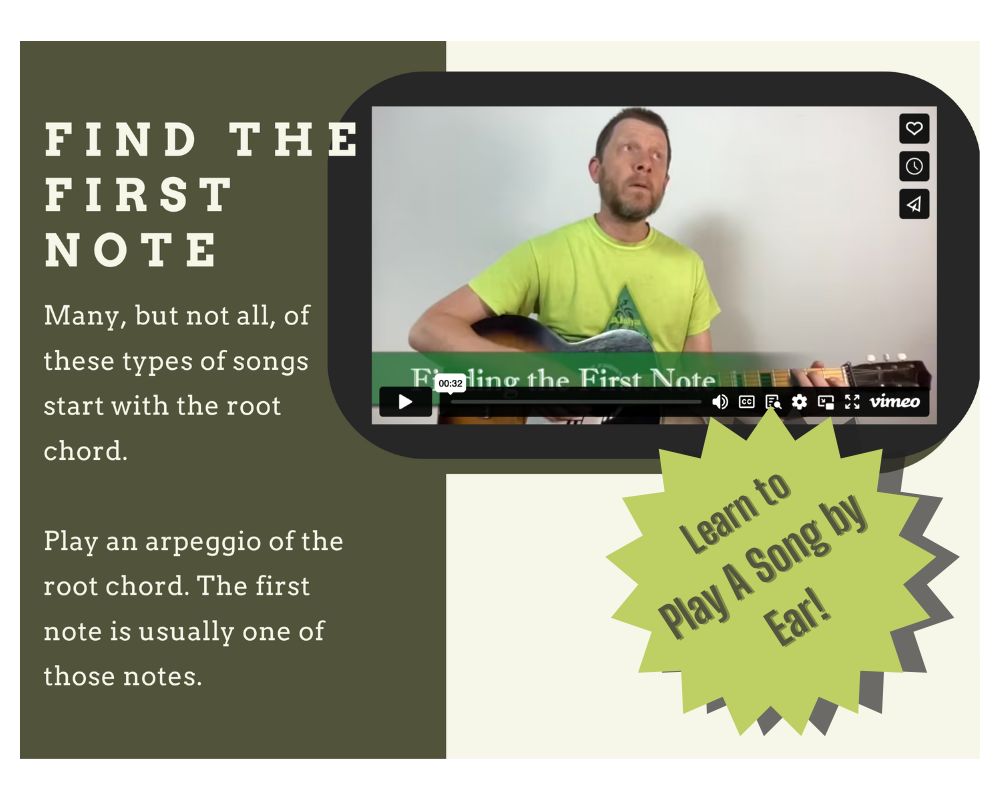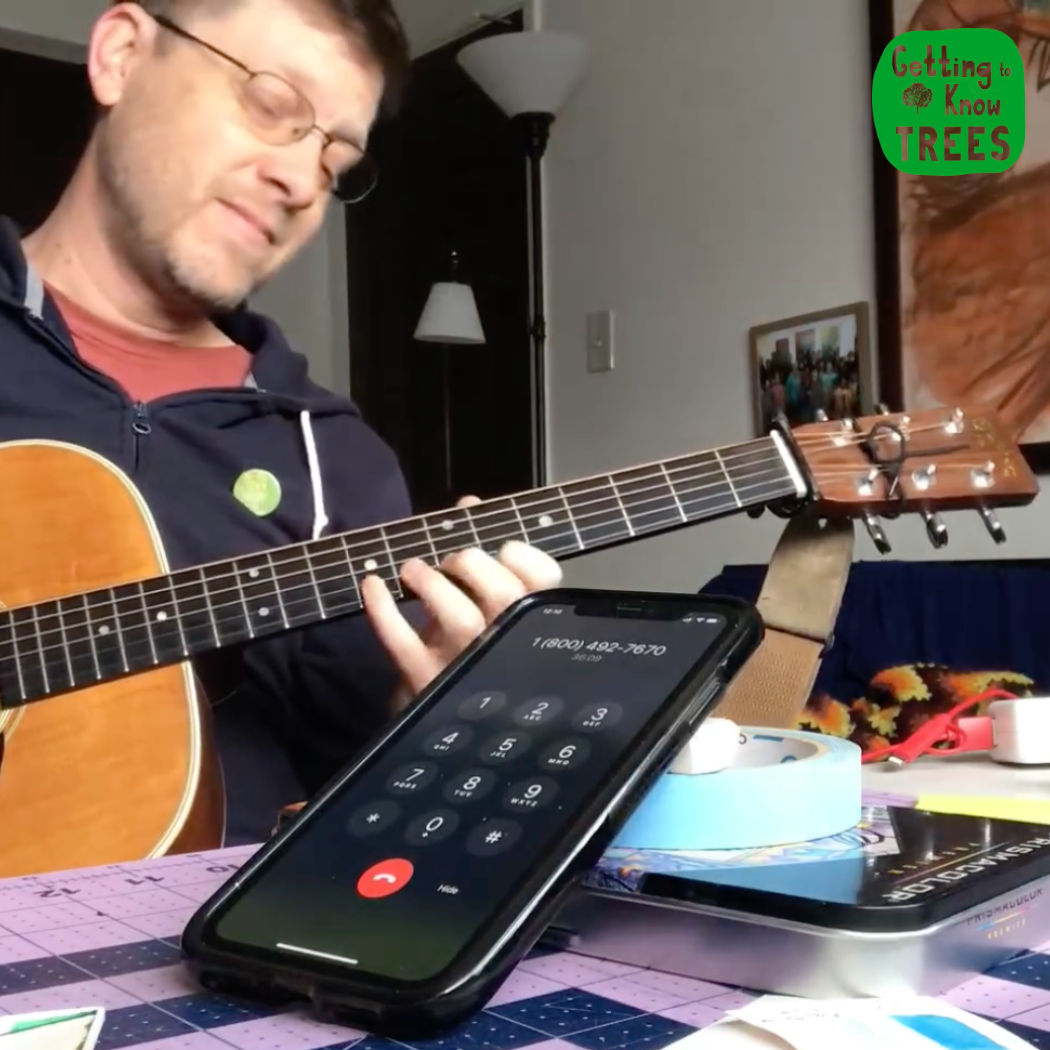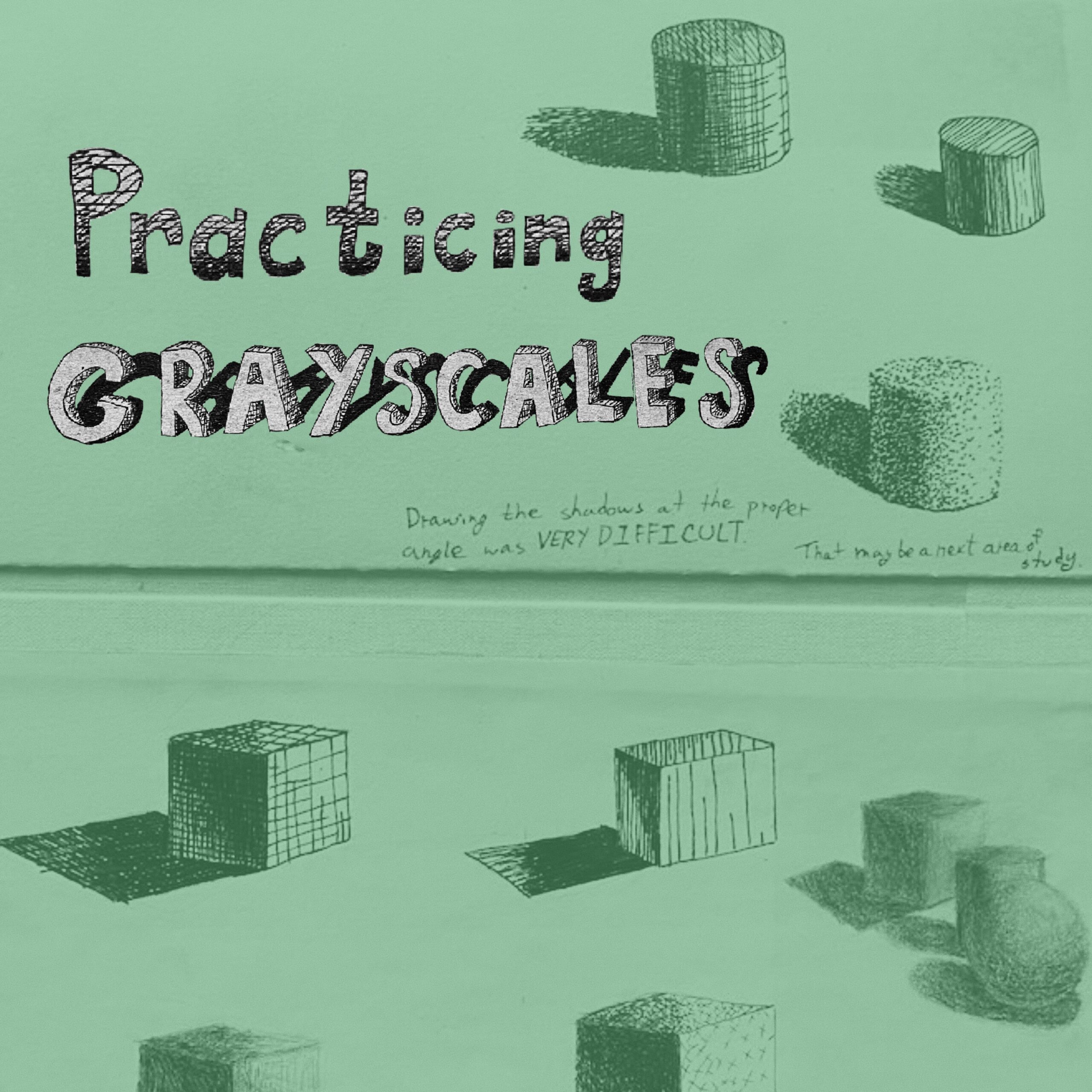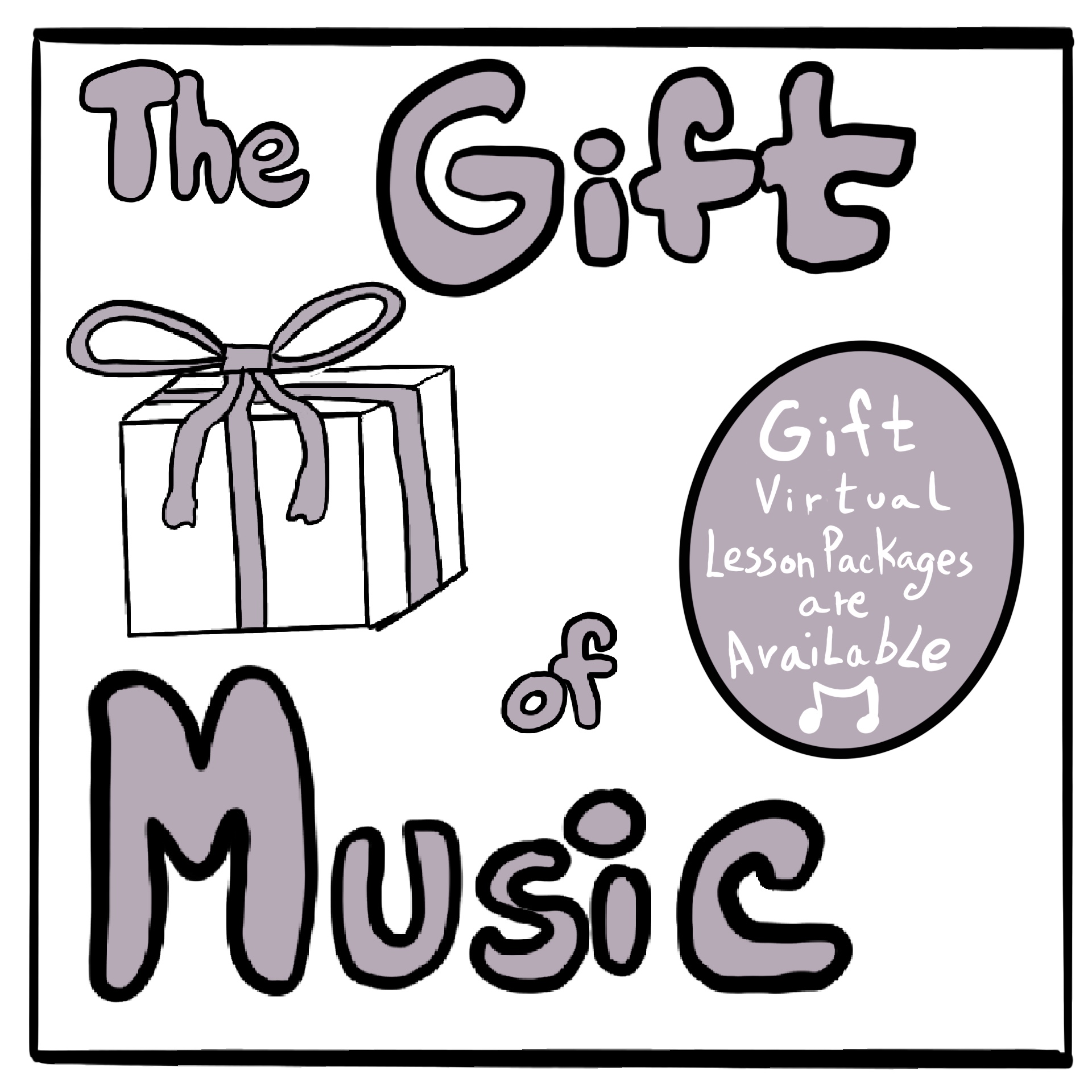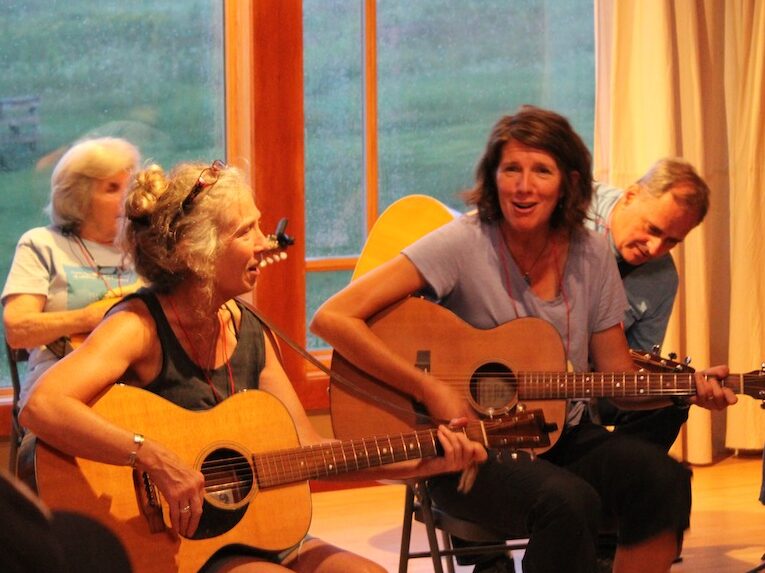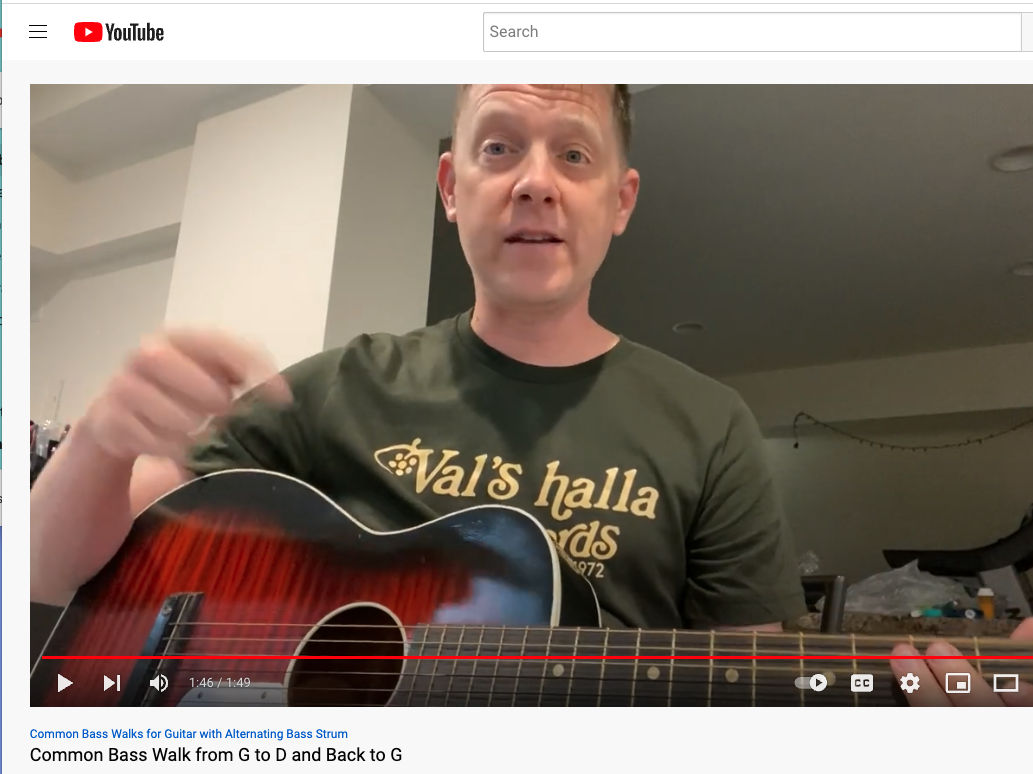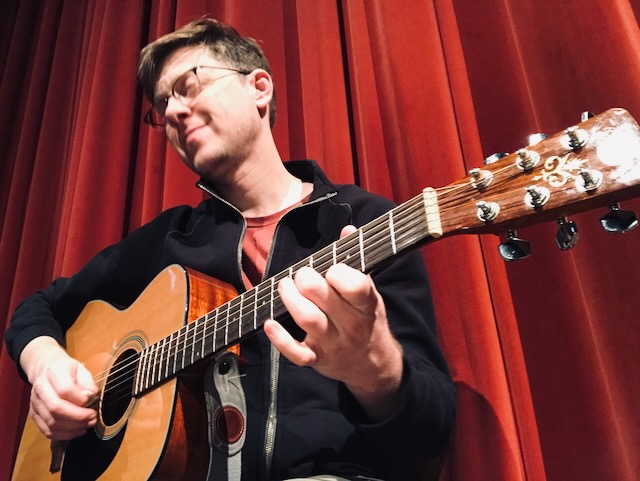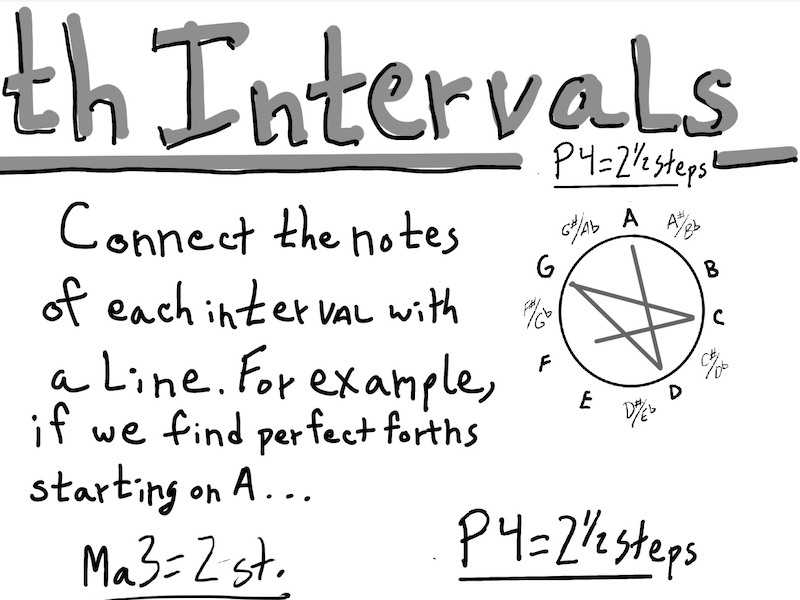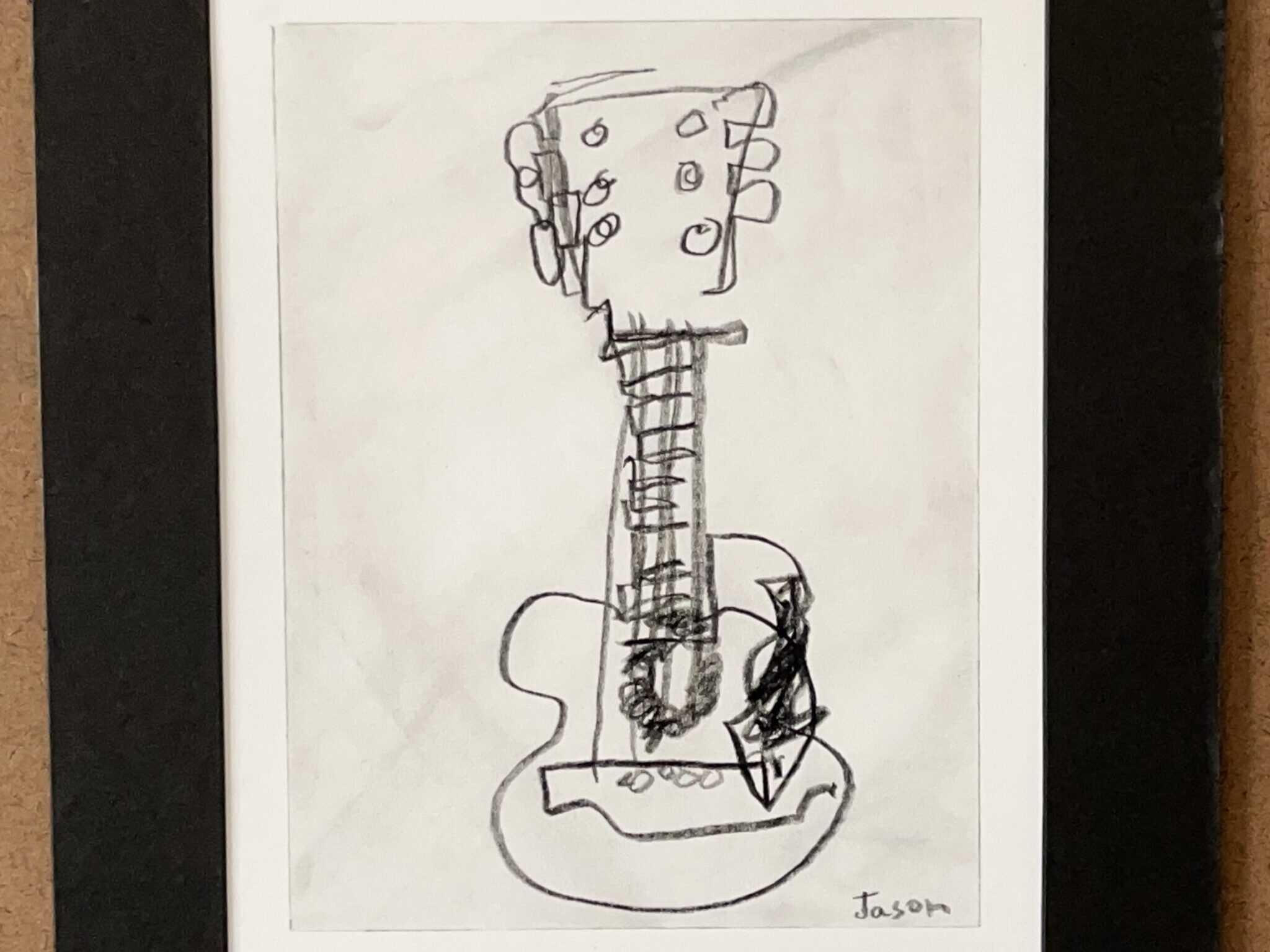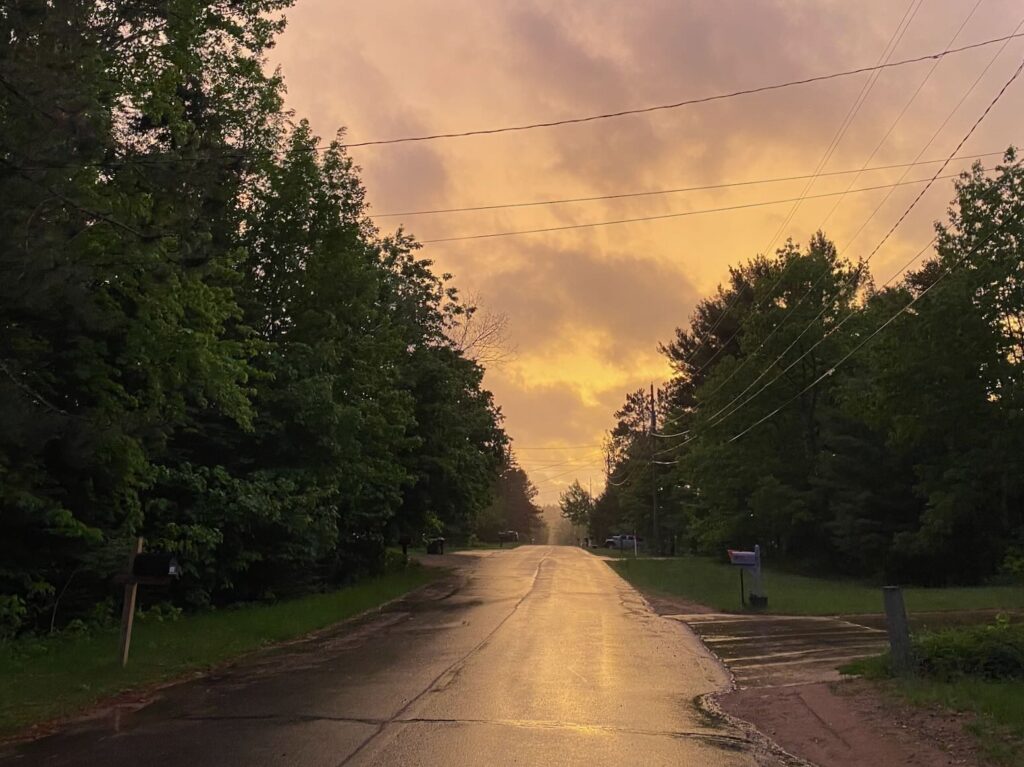Today, I am honored and humbled to offer for sale pieces from my Listening Wide-Eyed: Limited-Sight Contour Drawings of Musical Instruments series. Between now and early July 10, 2022 you can purchase a piece of one-of-a-kind artwork made specifically for you or a loved one. Jump to the order form. The Listening Wide-Eyed series is an outgrowth of my visual art, musical and mindfulness practices. Each one-of-a-kind piece from Listening Wide-Eyed is created through a limited-sight process, where I make a drawing on a sheet of bristol board without taking my eyes off the subject. I don’t look at the board until I am done drawing. Within the messiness, the structural knowledge and spiritual essence of each instruments expands. Each drawing is a made-to-order, one-of-a-kind piece of visual art. They are created with wax pencil and bristol board. Each purchaser is invited to customize their piece, in regards to which instrument, the use of color and matting. There are also options specific to gifting one of these drawings to a loved one. This process started as a way to strengthen my visual record abilities. As my practice bloomed, this limited goal fell away and the drawing practice engendered more connections between the parts and the whole of both the instruments and myself. How do we move? Where are we sturdy? Where are we delicate? How do those and other qualities affect our presentation to and relationships with others? Considering these questions allowed me to hold and play each instrument in a more open, inviting way. We see and hear ourselves, and others, every day. I hope having these drawings in our living space, practice room, or at a family dining table prompt us to notice moments when we are making assumptions about what we know about both ourselves and others. I hope that they can act as a guide to remain open, curious and to foster connections in musical spaces and all other relationships. This round of sales does end on July 10, 2022. Order form for Listening Wide-Eyed: Limited-Sight Contour Drawings of Musical Instruments

